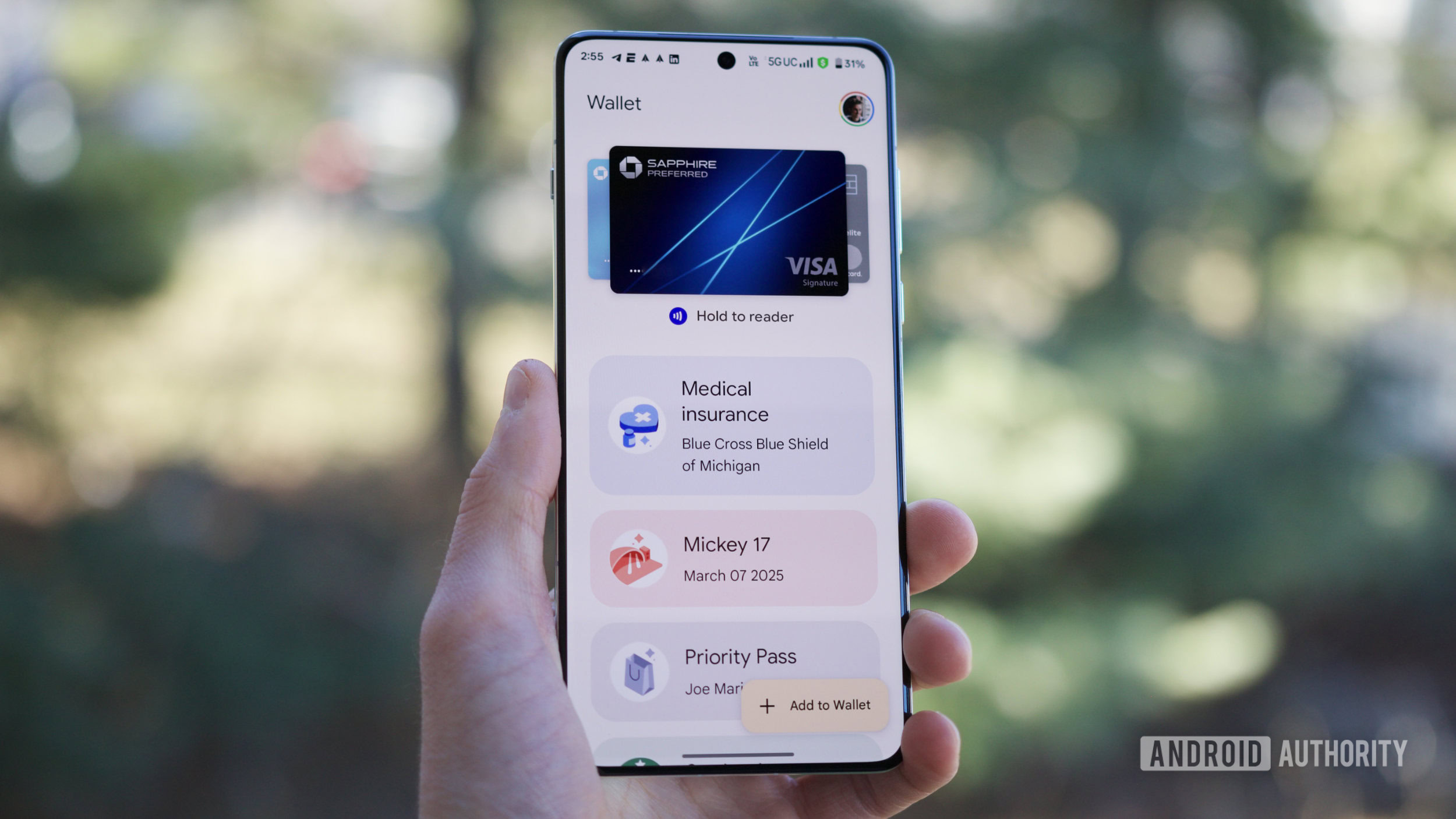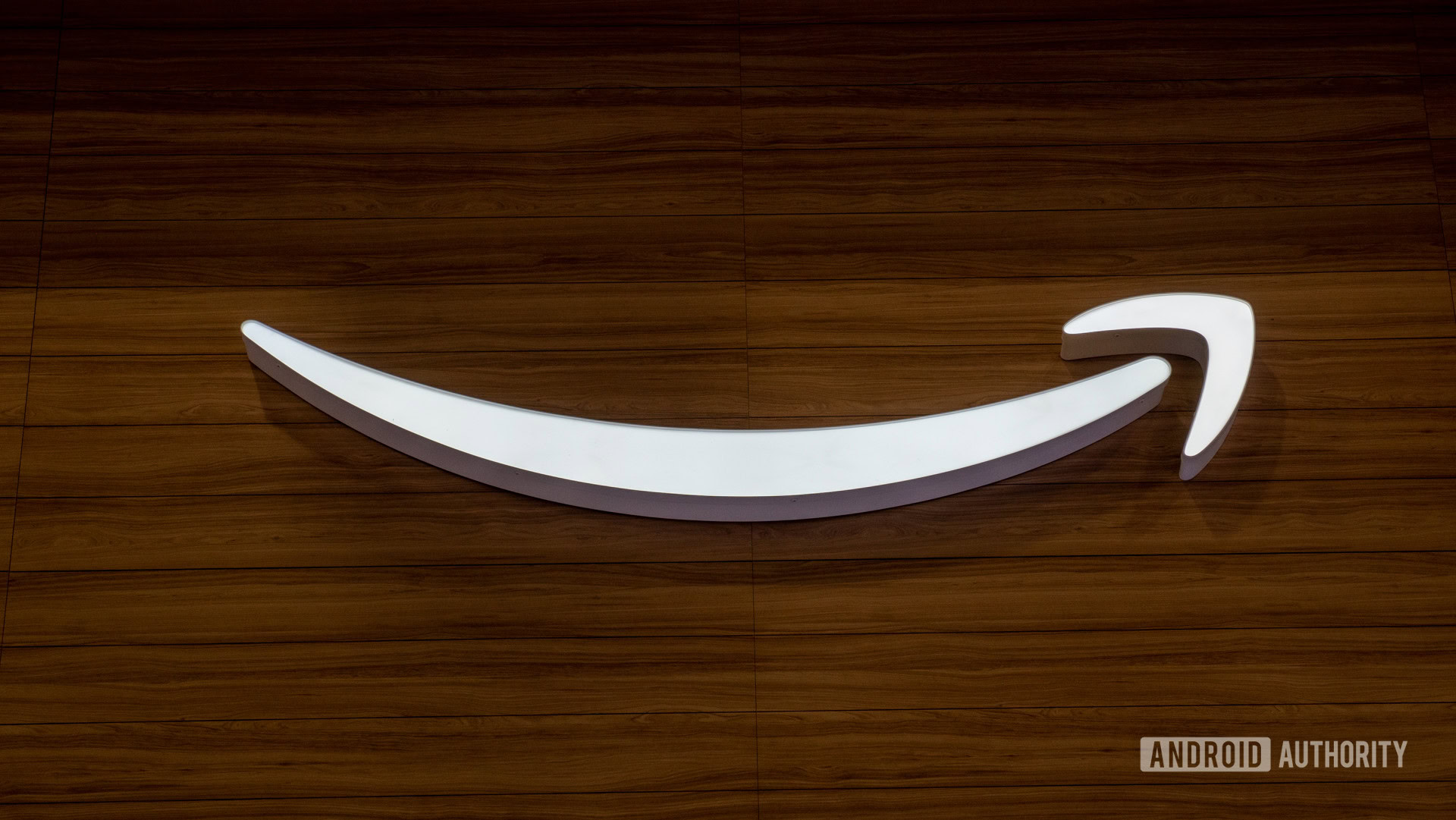Web 3.0 Blockchain Market Share, Trends, and Growth Potential: Global Forecast to 2031
Market Overview
The Web 3.0 Blockchain Market refers to the integration of blockchain technology within the third generation of the internet, focusing on decentralization, transparency, and user empowerment. Unlike its predecessors, Web 3.0 aims to eliminate intermediaries, giving users control over their data while enabling peer-to-peer (P2P) transactions and communication. Blockchain, as the underlying technology of Web 3.0, plays a critical role in ensuring the security, scalability, and decentralization of this new internet paradigm.
The global Web 3.0 Blockchain Market size was valued at USD 1,835.5 million in 2022 and is projected to reach USD 36,251.7 million by 2030, growing at a CAGR of 45.41% from 2023 to 2030. In the scope of work, the report includes solutions offered by companies such as Web 3 Foundation, Helium Systems Inc., Ocean Protocol Foundation Inc., Zel Technologies Limited, Filecoin, Polygon Technology, Binance, Alchemy Insights Inc, Antier Solutions, Kadena LLC and Others.
The global Web 3.0 blockchain market has been experiencing robust growth, driven by factors such as the increasing penetration of blockchain-based decentralized applications (dApps), the growing use of smart contracts, and the rising popularity of decentralized finance (DeFi). Additionally, the adoption of Web 3.0 in various sectors such as finance, healthcare, supply chain, and gaming is expected to further accelerate market growth. According to Kings Research, the Web 3.0 blockchain market is projected to grow significantly during the forecast period, driven by both demand for innovation and the continuous development of blockchain infrastructure.
Market Trends
One of the most prominent trends in the Web 3.0 blockchain market is the shift towards decentralization. Web 3.0 envisions a future where users have greater control over their data, which is stored across decentralized networks instead of being concentrated within the hands of a few corporations. This shift is gaining traction, especially in industries that rely heavily on data security and privacy, such as finance and healthcare.
Another key trend is the growth of decentralized finance (DeFi) and non-fungible tokens (NFTs). DeFi platforms leverage blockchain to enable financial transactions without the need for intermediaries such as banks, while NFTs allow for the secure ownership of digital assets. These innovations have opened up new opportunities for creators, investors, and users alike, driving interest in Web 3.0 applications.
Additionally, the rise of metaverse platforms, which are digital environments where users can interact, play, work, and trade in virtual assets, is closely tied to the growth of Web 3.0. Blockchain enables the creation of digital assets, digital identities, and marketplaces within the metaverse, further boosting the adoption of Web 3.0 technologies.
Demand Dynamics
The demand for Web 3.0 blockchain technology is being driven by the need for improved data security, transparency, and trustless transactions. In the era of Web 2.0, data breaches and privacy concerns have been persistent issues, leading to a demand for more secure and transparent systems. Blockchain technology offers a solution to these challenges by providing an immutable, decentralized ledger that ensures the integrity and security of data.
Moreover, the rise of digital currencies and DeFi platforms has created a strong demand for Web 3.0 blockchain infrastructure. Cryptocurrencies such as Bitcoin and Ethereum operate on blockchain technology, and as their use cases expand, so too does the need for Web 3.0 solutions that support decentralized finance and digital asset management.
The gaming industry is another sector driving demand for Web 3.0 blockchain technology. Blockchain enables gamers to own in-game assets, trade them securely, and even earn cryptocurrencies while playing. The development of play-to-earn games and blockchain-based virtual worlds is expected to fuel further growth in the Web 3.0 blockchain market.
Market Dynamics
Several dynamic forces are shaping the growth of the Web 3.0 blockchain market. One of the primary drivers is the increasing recognition of blockchain's potential to revolutionize industries by enhancing transparency, reducing costs, and enabling secure and efficient transactions.
Governments and regulatory bodies across the globe are also beginning to recognize the potential benefits of blockchain technology, which is fostering an environment conducive to its adoption. However, regulatory uncertainty remains a key challenge, as different countries have varying stances on the use of cryptocurrencies and blockchain.
Technological advancements in blockchain, such as the development of more scalable and energy-efficient consensus mechanisms (e.g., Proof of Stake), are also expected to play a critical role in shaping the market. These innovations are making blockchain more accessible and attractive to enterprises looking to implement decentralized systems.
Future Outlook
The future of the Web 3.0 blockchain market looks promising, with continued innovation and widespread adoption across industries. By 2031, blockchain technology is expected to be a fundamental part of the global internet infrastructure, facilitating decentralized applications, digital identity solutions, and secure financial transactions.
One of the key areas of growth is expected to be the expansion of DeFi platforms and services. As more people embrace decentralized finance, the demand for Web 3.0 blockchain solutions that provide secure, transparent, and scalable infrastructure will continue to rise.
Furthermore, the integration of artificial intelligence (AI) and machine learning (ML) with blockchain technology could lead to the development of smarter and more autonomous systems. This convergence of technologies is likely to drive further growth and innovation in the Web 3.0 space.
Key Market Players
The Web 3.0 blockchain market is highly competitive, with several key players actively involved in the development and implementation of blockchain solutions. These companies are focused on building decentralized platforms, enhancing blockchain infrastructure, and promoting the adoption of Web 3.0 applications across industries.
Some of the major players in the Web 3.0 blockchain market include:
-
Ethereum: As one of the leading blockchain platforms, Ethereum is a driving force behind the growth of decentralized applications (dApps) and smart contracts. Its transition to Ethereum 2.0, which uses a Proof of Stake consensus mechanism, is expected to significantly boost its scalability and energy efficiency.
-
Polkadot: Polkadot is a blockchain platform that aims to enable cross-chain interoperability, allowing different blockchains to communicate and share data. Its unique architecture makes it a key player in the Web 3.0 space.
-
Solana: Known for its high-speed transactions and low fees, Solana is rapidly gaining popularity as a blockchain platform for Web 3.0 applications. Its scalability and efficiency make it an attractive choice for developers and enterprises.
-
Chainlink: Chainlink provides decentralized oracle networks that enable smart contracts to securely interact with real-world data, making it a crucial player in the Web 3.0 ecosystem.
-
Filecoin: Filecoin is a decentralized storage network that allows users to store, retrieve, and share data securely. Its role in enabling decentralized cloud storage solutions positions it as a key player in the Web 3.0 market.
Market Segmentation
The Web 3.0 blockchain market can be segmented based on several factors, including application, end-user industry, and geography.
By Application:
- Decentralized Applications (dApps): These are applications that run on blockchain technology, providing users with enhanced security, privacy, and control over their data.
- Decentralized Finance (DeFi): DeFi platforms leverage blockchain to offer financial services without intermediaries, such as lending, borrowing, and trading.
- NFTs and Digital Assets: Blockchain enables the creation and ownership of unique digital assets, including NFTs, which have gained popularity in the art, gaming, and entertainment industries.
By End-User Industry:
- Financial Services: The finance industry is a major adopter of Web 3.0 blockchain technology, particularly in areas such as DeFi, digital currencies, and smart contracts.
- Healthcare: Blockchain is being used to secure medical records, enable data sharing, and ensure the privacy of patient information in the healthcare sector.
- Supply Chain: Blockchain's ability to track and verify the authenticity of goods throughout the supply chain is driving its adoption in logistics and supply chain management.
Recent Developments
Recent developments in the Web 3.0 blockchain market include the launch of new blockchain protocols, partnerships between blockchain companies and traditional enterprises, and increased investment in blockchain infrastructure. For example, Ethereum's transition to Ethereum 2.0 is one of the most significant recent developments in the market, as it addresses key challenges such as scalability and energy consumption.
Additionally, the rise of decentralized autonomous organizations (DAOs), which are organizations governed by code rather than traditional management structures, is gaining momentum in the Web 3.0 space. DAOs enable community-driven decision-making and are being used to manage decentralized projects and platforms.
Regional Analysis
The Web 3.0 blockchain market is experiencing growth across various regions, with North America and Europe leading the way in terms of adoption and innovation. The presence of major blockchain companies, favorable regulatory environments, and significant investment in blockchain infrastructure are driving growth in these regions.
In North America, the United States is at the forefront of Web 3.0 blockchain development, with Silicon Valley serving as a hub for blockchain startups and innovation. Europe is also seeing increased adoption of blockchain technology, particularly in countries such as Switzerland and Germany, where blockchain-friendly regulations have fostered an environment conducive to growth.
Asia-Pacific is emerging as a key player in the Web 3.0 blockchain market, driven by the growing adoption of blockchain in countries like China, South Korea, and Singapore. These countries are investing heavily in blockchain infrastructure and are home to several prominent blockchain companies.
Conclusion
The Web 3.0 blockchain market is on the cusp of a major transformation, with blockchain technology set to play a pivotal role in the evolution of the internet. As industries across the globe continue to embrace decentralization, the demand for Web 3.0 blockchain solutions will continue to grow. With the rise of decentralized finance, NFTs, and the metaverse, the future of the Web 3.0 blockchain market is bright, offering exciting opportunities for innovation and growth across multiple sectors.
For Details About the Report- https://www.kingsresearch.com/web-3-0-blockchain-market-511
What's Your Reaction?
 Like
0
Like
0
 Dislike
0
Dislike
0
 Love
0
Love
0
 Funny
0
Funny
0
 Angry
0
Angry
0
 Sad
0
Sad
0
 Wow
0
Wow
0















































